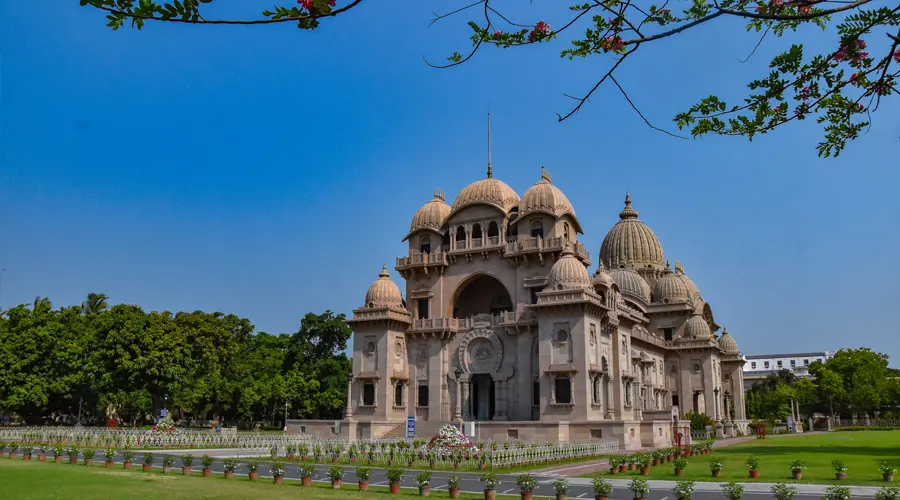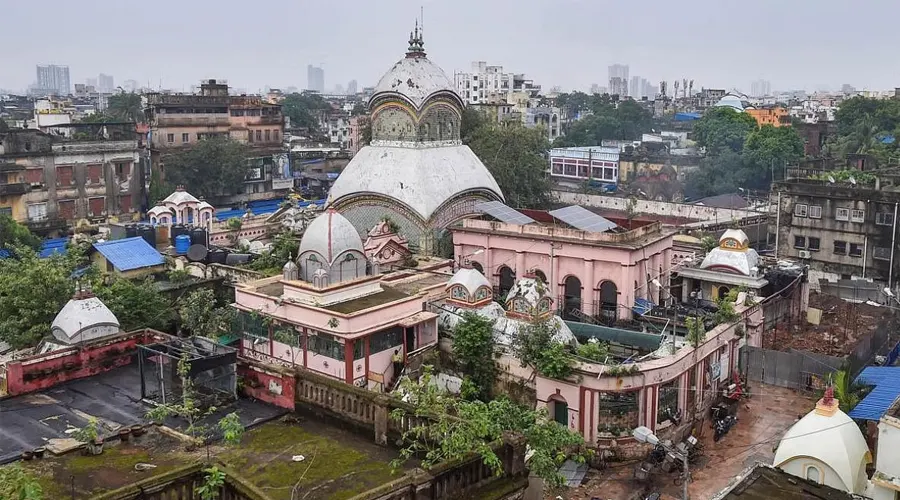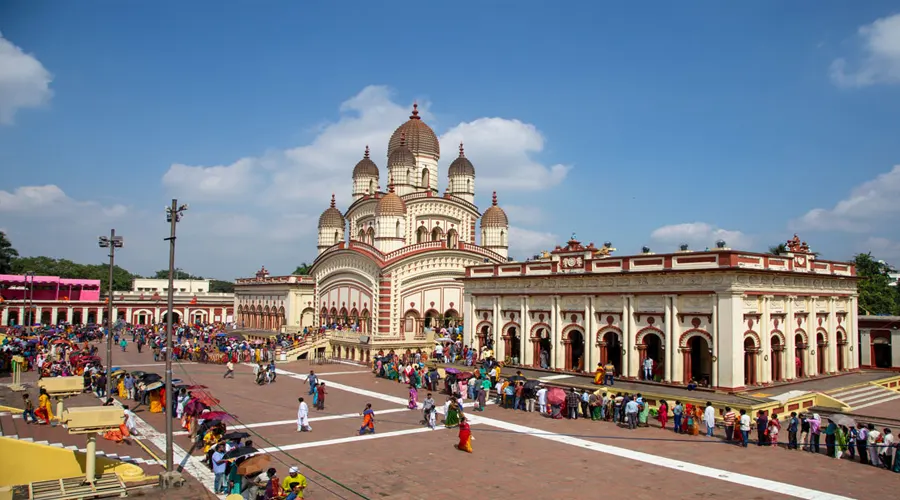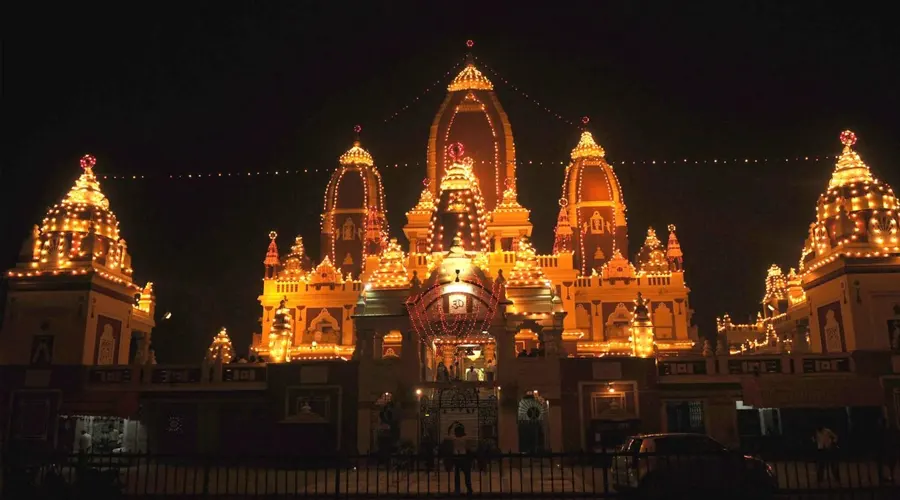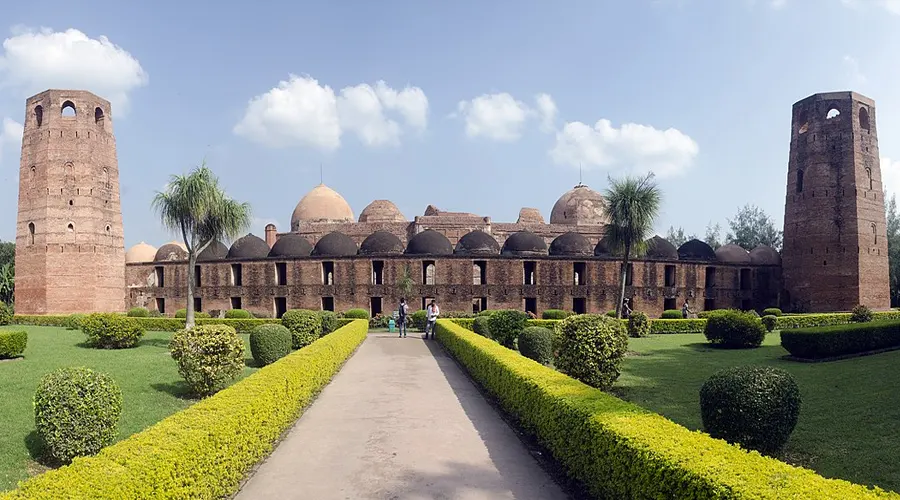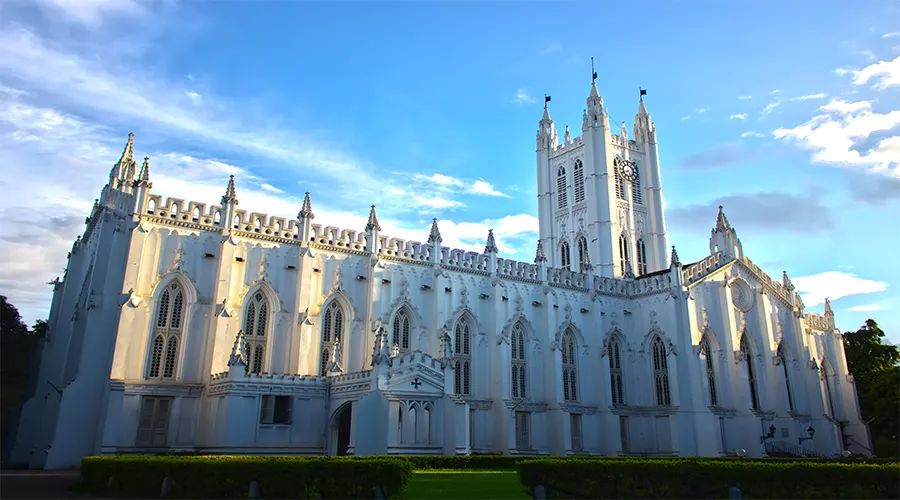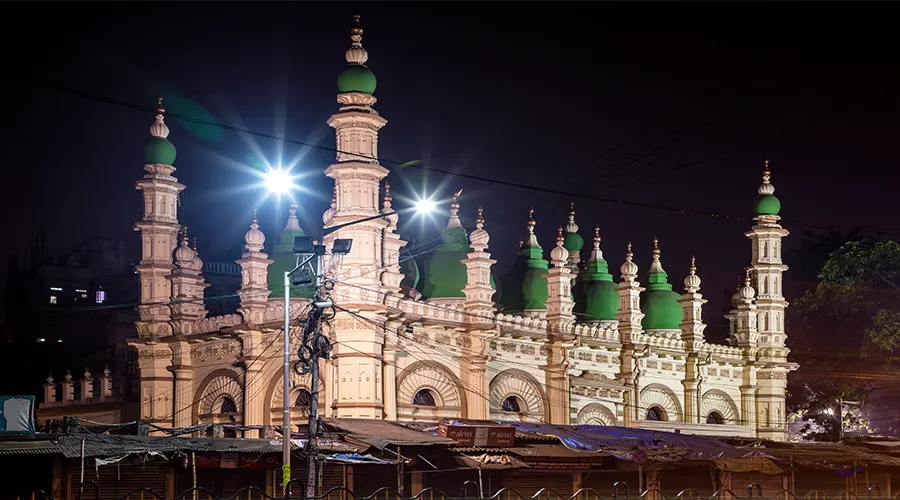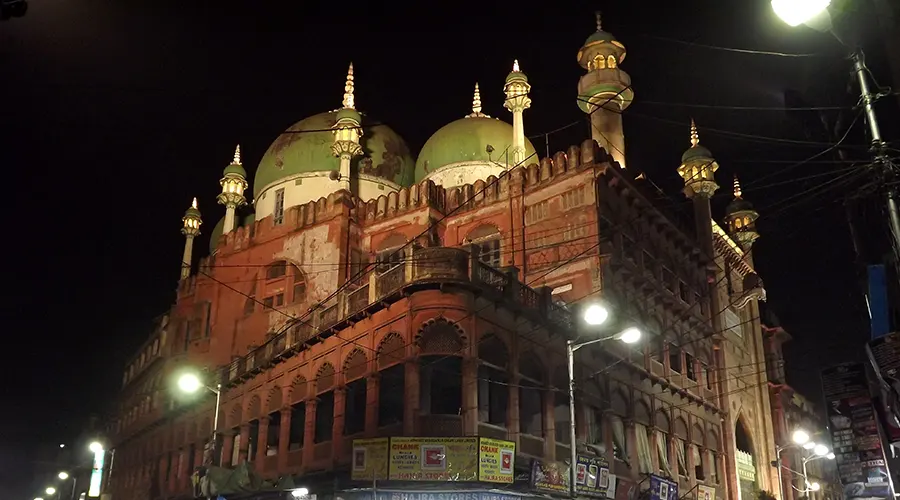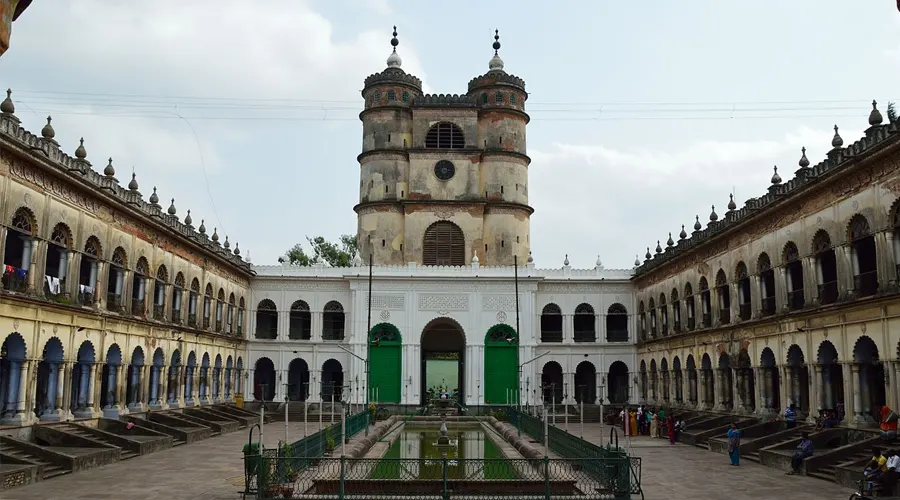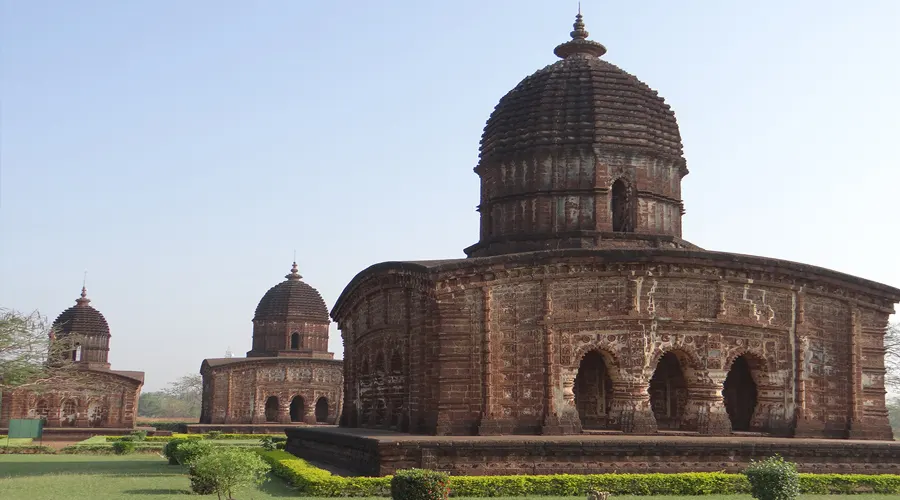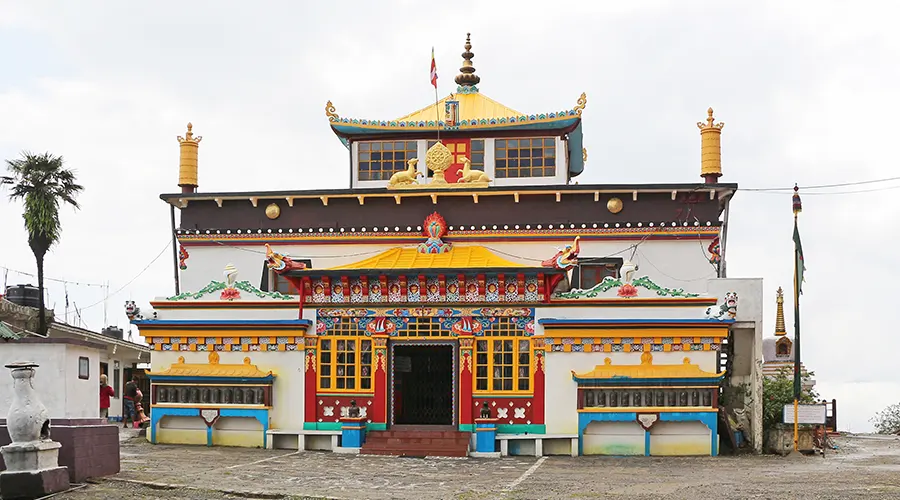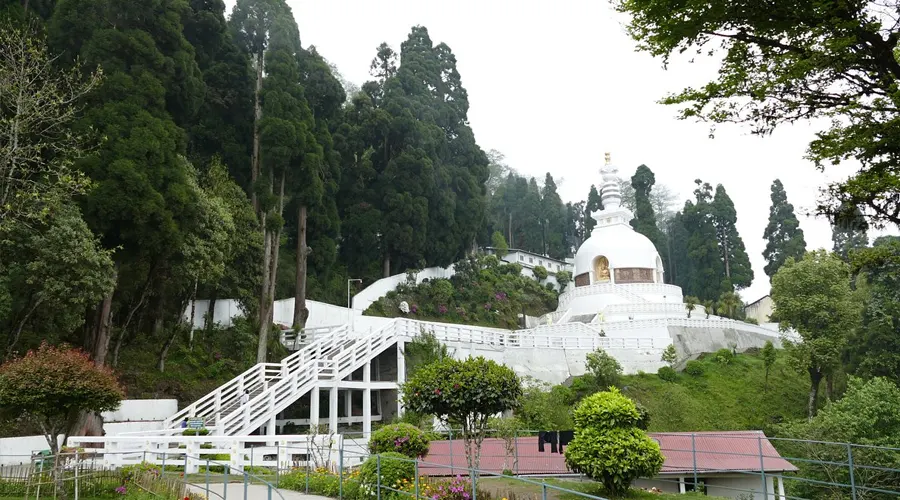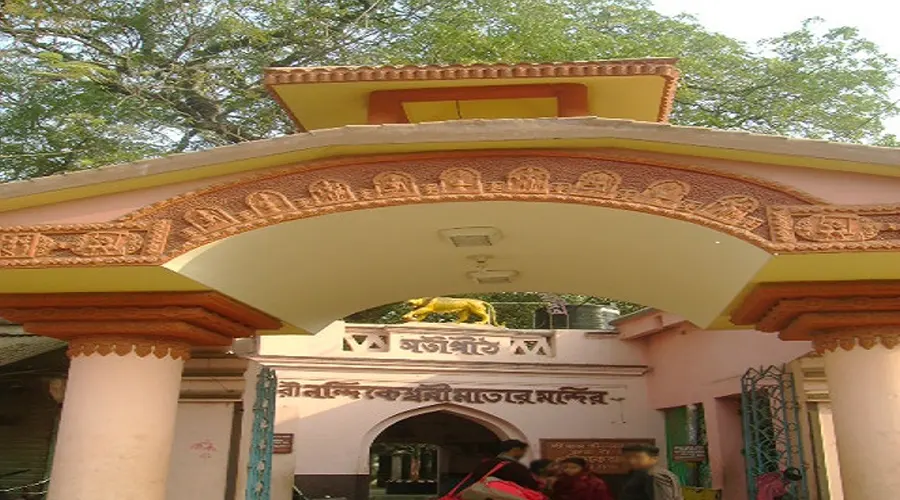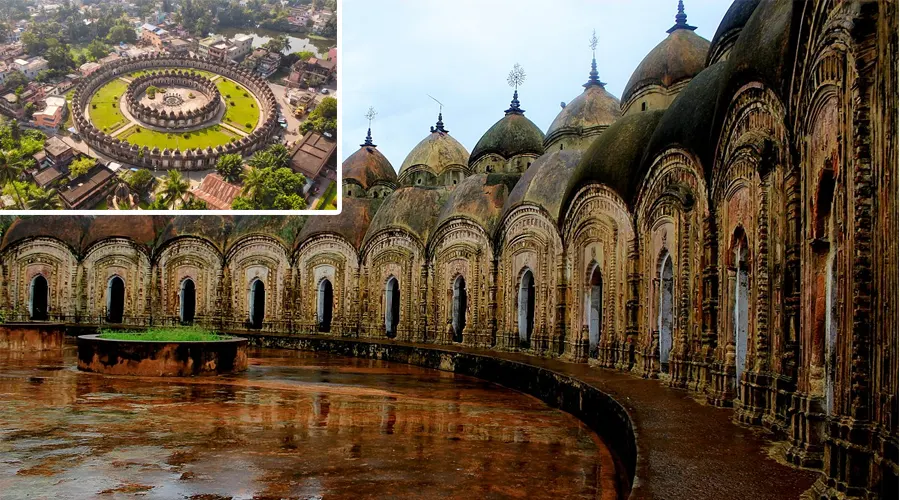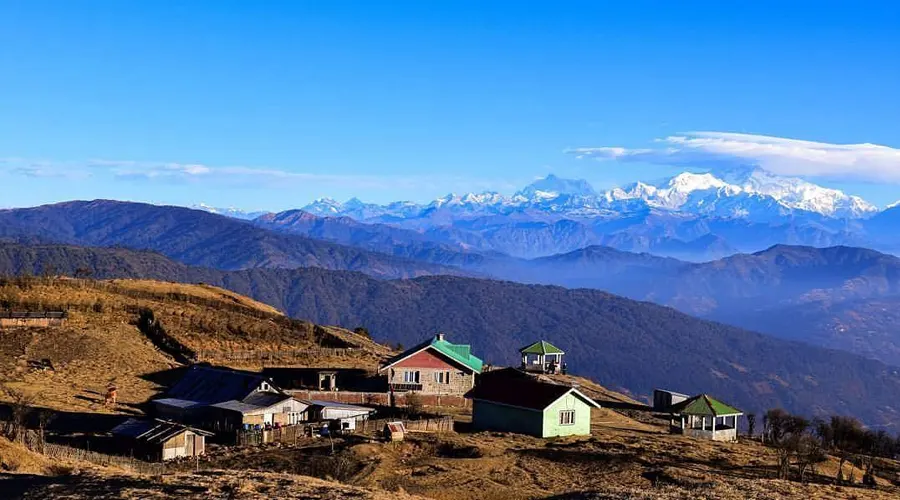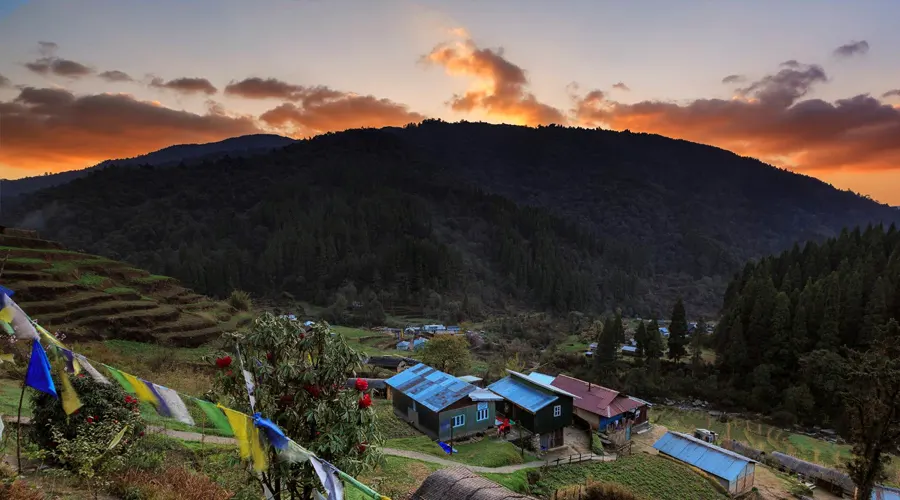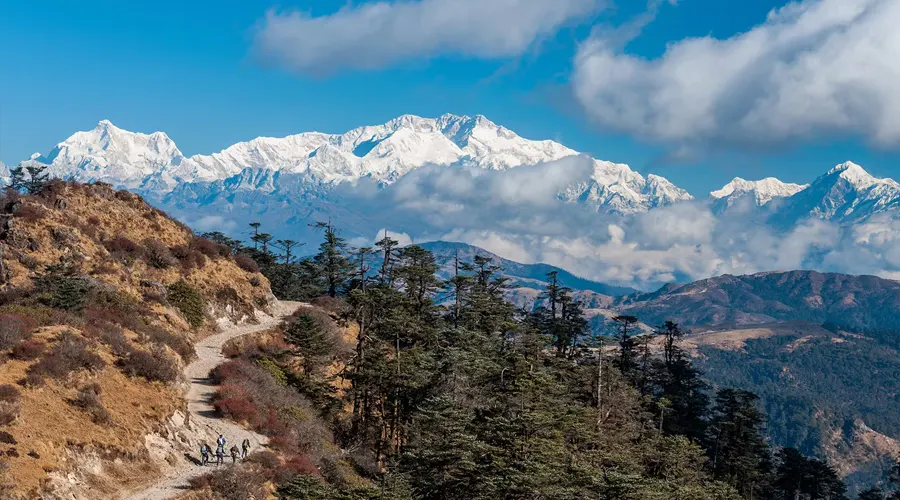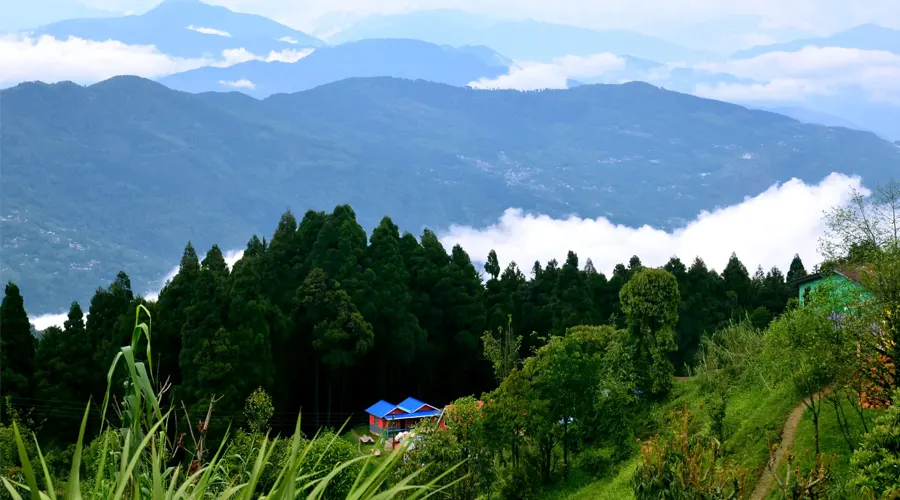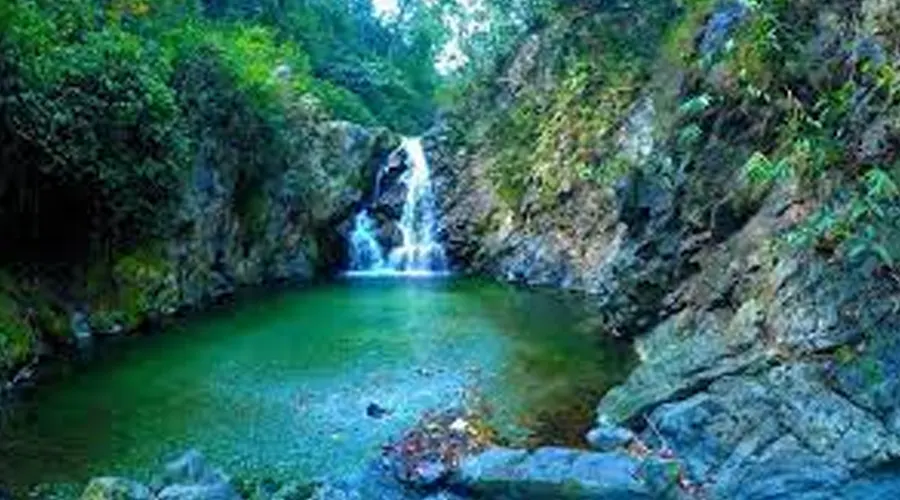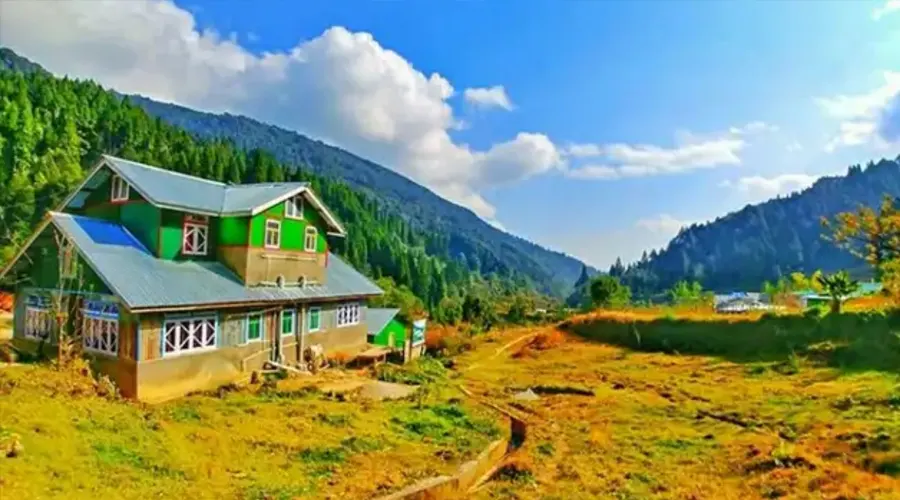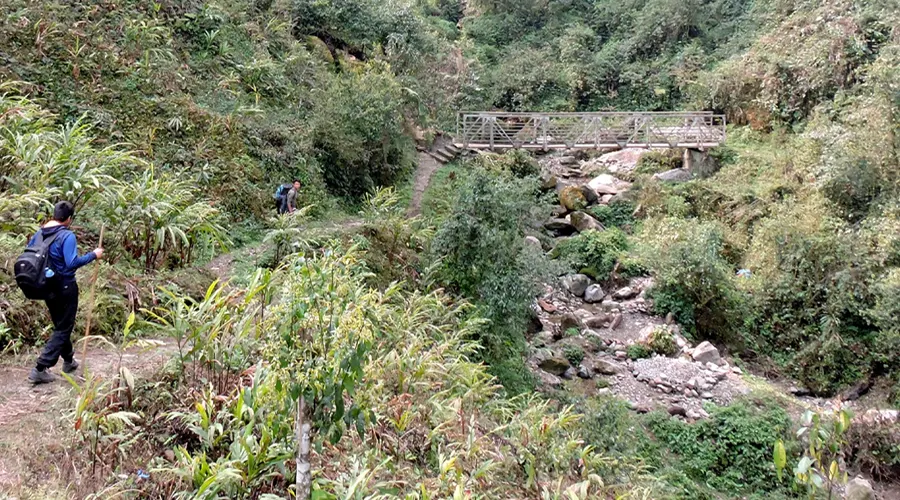Belur Math
Belur Math in Kolkata is the headquarters of the Ramakrishna Math and Mission. Sprawling over forty acres of land on the west bank of the Hooghly River, it is visited by people from all over the world, irrespective of their religious beliefs.
The temple is known for its distinctive architecture, which fuses Hindu, Christian, and Islamic motifs as a symbol of the unity of all religions. Founded by Swami Vivekananda, the chief disciple of Ramakrishna Paramahansa, the temple is at the heart of the Ramakrishna Movement. The temple complex also houses a museum and several other affiliated educational institutions.
The evening Aarti takes place at 5:30 PM, at which an evening bell is rung to indicate that visitors are not allowed to loiter on the Math grounds and are also not allowed to visit any temple other than Sri Ramakrishna temple. The Aarti songs sung are hymns of praise to Sri Ramakrishna and Sri Sarada Devi. The Aarti here is different from those at other places of worship since one is expected just to sit and meditate. There is no religious offering made. Flowers and sweets are not offered.
History of Belur Math
Upon his arrival in Colombo in January 1897 with his small group of disciples, Swami Vivekananda founded two monasteries. One of them is Belur Math. The purpose of these monasteries was to train young men in their work, who would, later on, become 'sannyasis' of the Ramakrishna Mission. Swami Vivekananda himself spent the last few years of his life at Belur Math.
He consecrated the ground in 1898 by worshipping the urn which contained the holy relics of Sri Ramakrishna and carried the urn on his shoulders to the place of worship. On this occasion, he uttered the following prophetic words: "The blazing light of universal harmony that will emanate from here will flood the whole world." True to these words, the Belur Math has now become the hub of spiritual movements and an assembly point of all true seekers of spirituality.
Architecture of Belur Math
The design of the temple was envisaged by Swami Vivekananda, and the responsibility of the architecture was laid in his hands. The architecture and design of the temple 'celebrate the diversity of Indian Religions'. When seen from different angles, the monument resembles a temple, a church, and a mosque. The incorporation of architectural styles from different religions conveys the universal faith in which the movement believes.
The main entrance of the temple is heavily influenced by the Buddhist styles of the Sanchi Stupa and the entry of the Ajanta Caves. The windows and the balconies draw from the Rajput and Mughal styles of architectural designs, while the central dome is derived from European architecture. Also, the ground plan is in the shape of a Christian cross. Mainly built out of chunar stone, the 112.5 feet high temple has images of Lord Ganesha and Hanuman, who represent success and power respectively, carved above the pillars of the entrance doors.

